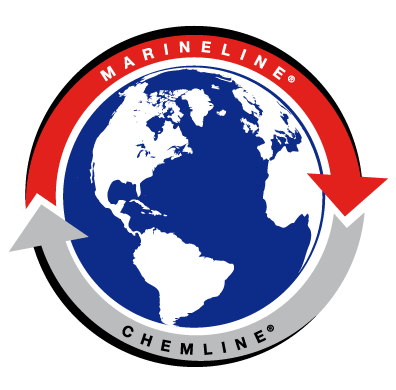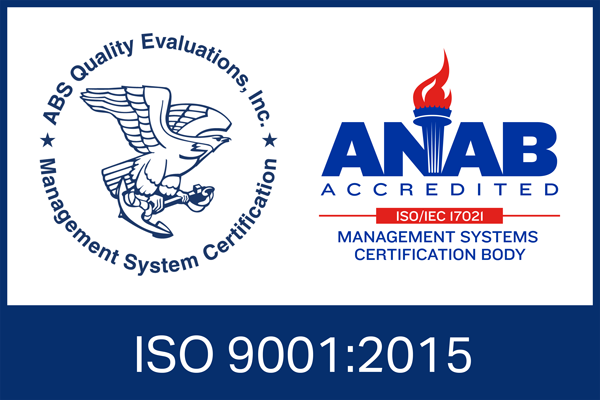Greenhouse gas emissions (primarily carbon dioxide) from transportation account for approximately 28% of the total U.S., with the shipping sector responsible for nearly 3% of the emissions. The International Maritime Organization (IMO) estimates that shipping emissions will increase by a factor of two to three by 2050 under “business as usual” conditions. Ships also emit one to two percent of global black carbon, a component of soot particulate matter that reduces air quality and contributes to climate change.
As a global company that works with shipowners and ship managers in marine cargo tank coatings, we support the shipping industry's power to change the impact on the environment. This article discusses how this sector can help to achieve zero emissions.
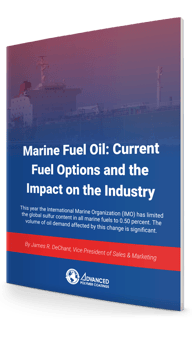
The goal of the shipping industry is to achieve zero emissions by 2030. Addressing climate change is a global need that can no longer be neglected. It is becoming clear that a united approach with all involved in the maritime sector will support the efforts.
How to Reach Zero Emissions in the Shipping Sector Faster
1. Urge the shipping supply chain to support and fast-track zero and low emission technology pilots.
According to a report by the Energy Transitions Commission (ETC), extraordinary collaboration levels are required to ensure exorbitant operational and investment costs do not penalize those participating in the first round of zero-emission projects.
To do that, supply chain partners need to look at splitting the cost of critical equipment to spread the risk of investments and deliver the capital required to get projects off the ground.
The first group of shipping projects must happen within the next five to 10 years to put the industry on track to achieving the sector's 2050 goal of reducing its emissions by half compared to 2008 levels.
The ETC is convinced that...
"The developed world should reach net-zero GHG emissions by 2050 and the developing world by 2060 at the latest."
There are significant steps to be taken to put this plan in place and the world on the right course.
How to Achieve the Transition:
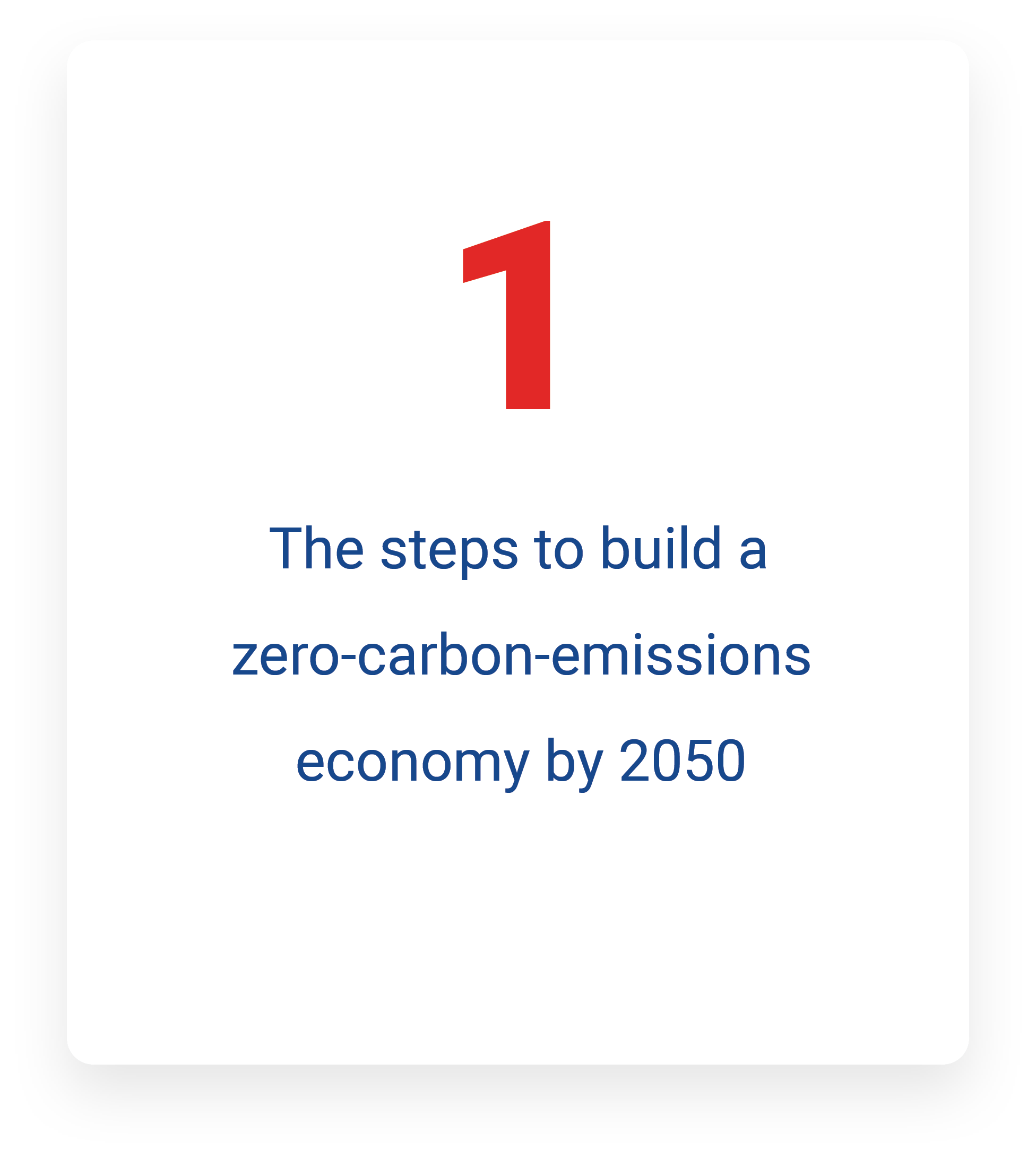
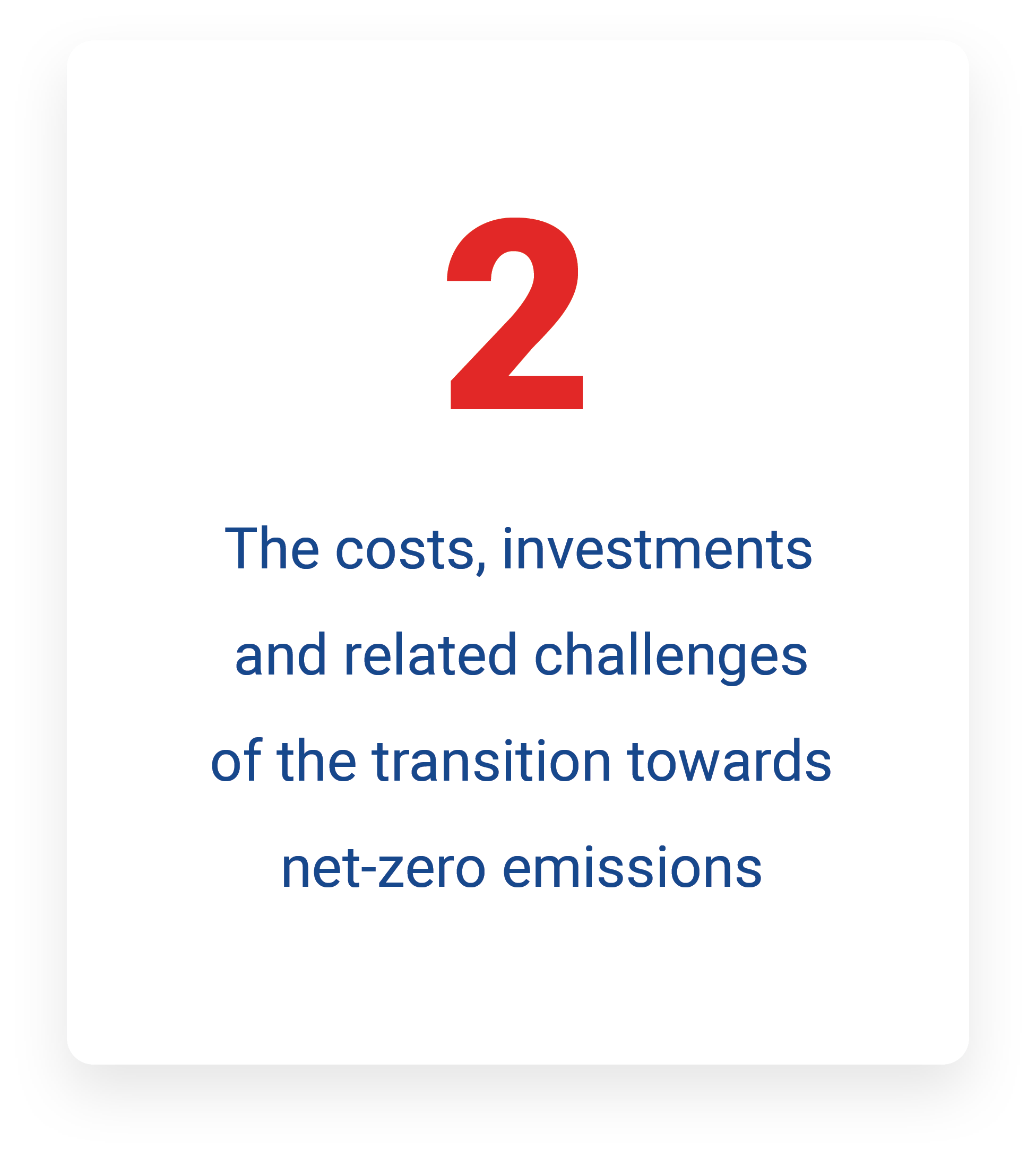
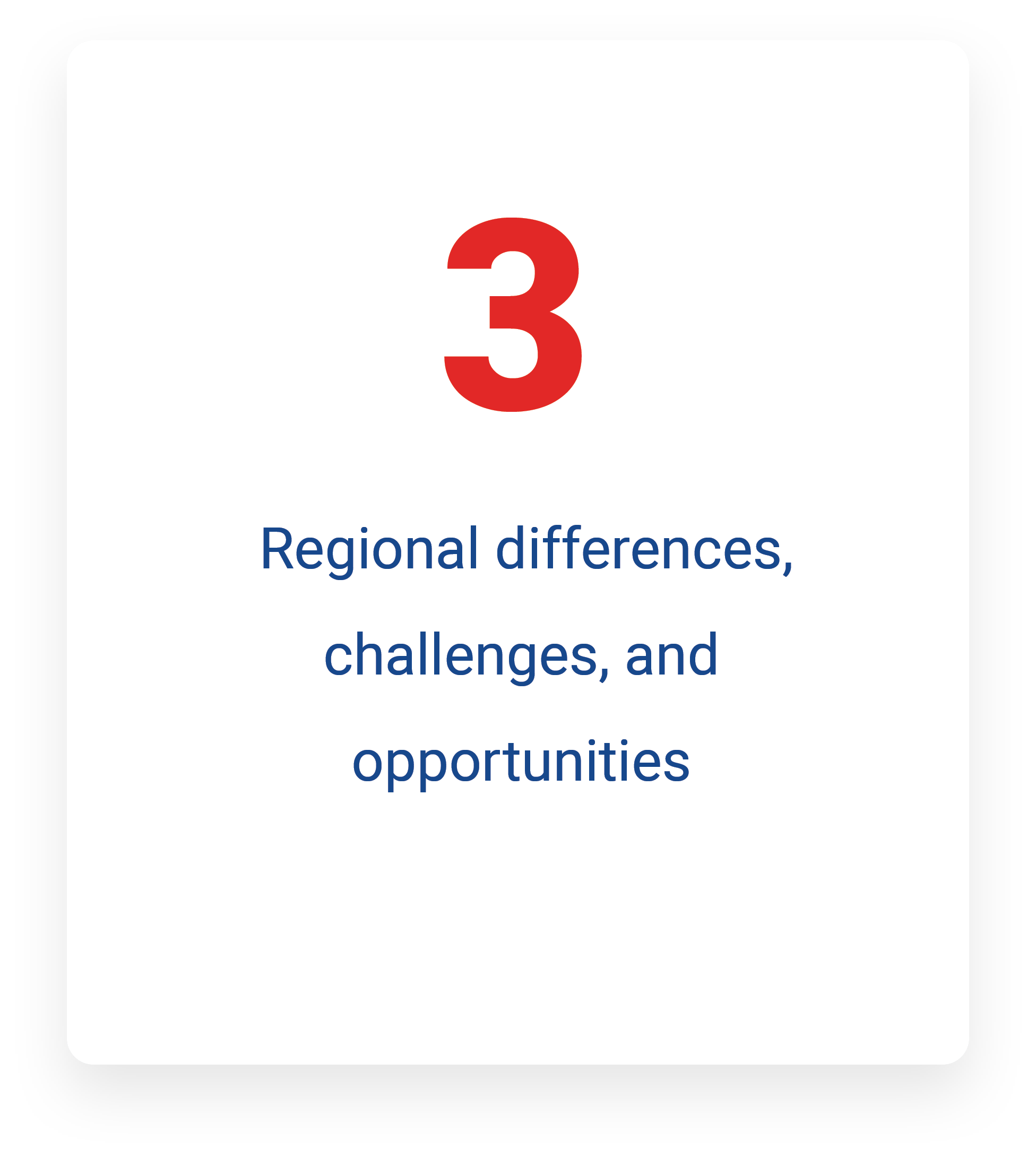
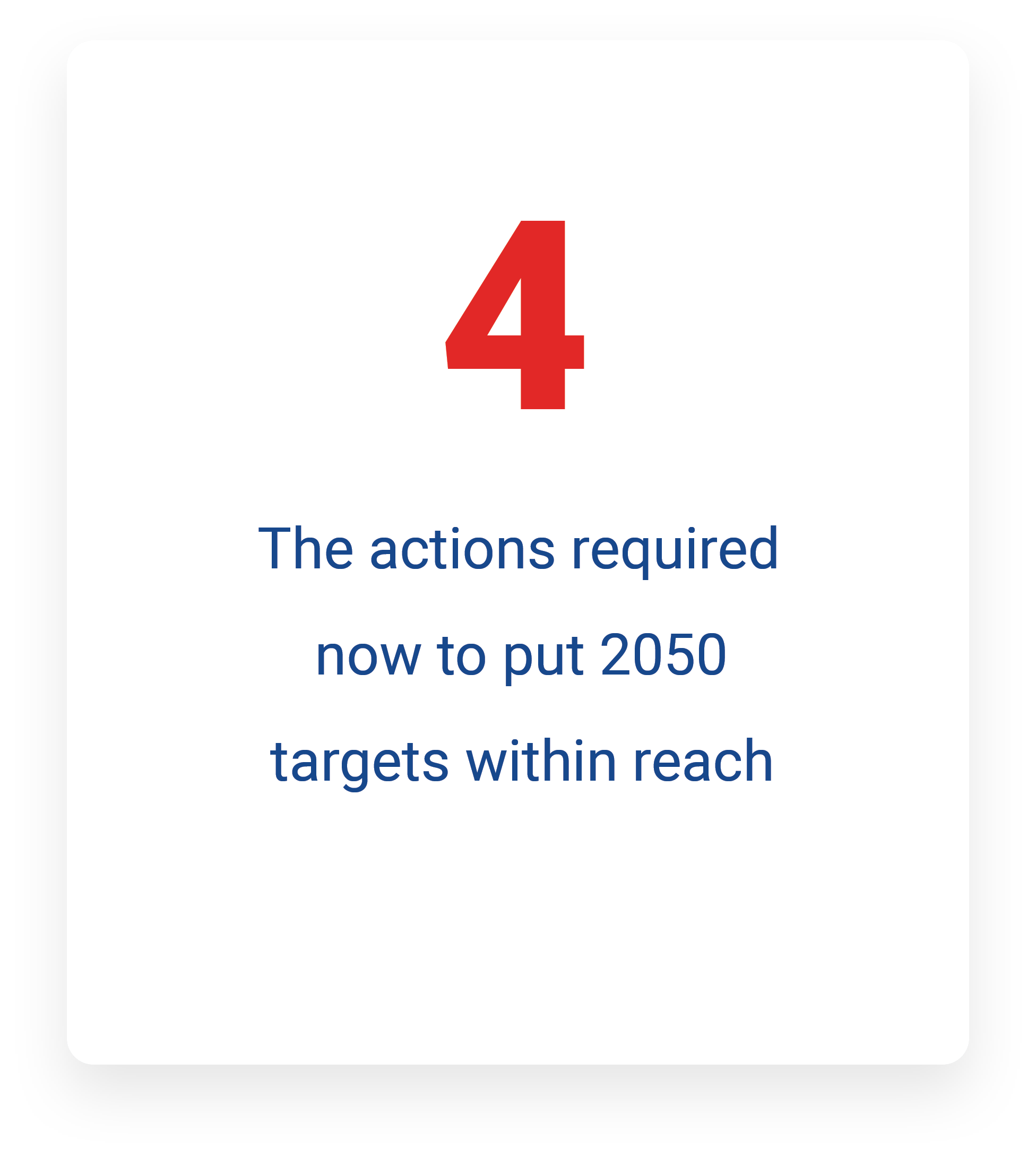
source: Making Mission Possible Delivering a Net-Zero Economy, September 2020 Version 1.0
Opportunities to achieve energy efficiency in shipping transportation include:
- Building more efficient machinery
- Using sails or a type of wind capture device. Wind power is a zero emission technology that offers an immediate option for reducing the carbon footprint.
- Improving ship designs and recognizing the different marine propulsion systems
2. Battery-based electrification and hydrogen could play a significant role in the future.
The ETC, an allied group of global leaders from the energy landscape, including energy producers, equipment providers, environmental NGOs (non-governmental organizations), cites:
In the shipping sector, battery-based electrification and hydrogen will also play a significant role in short-distance journeys. But the limited energy density of batteries will likely make battery-powered shipping unfeasible for long-distance trips for several decades at least, and the low volumetric density of hydrogen may also limit its role over long distances."
Although battery solutions are currently not suitable for long-distance journeys, LNG use can be a flexible solution.
3. Use liquid fuels
The IMO is considering a range of long-term zero-carbon fuel solutions, such as ammonia. Replacing conventional fuel oil with green ammonia could reduce gas emissions from ships and provide cost savings.
The shipping industry unveiled a fuel cell pilot project to reduce emissions from 40% to 100%.
Partners from shipping, R&D, and oil and gas are constructing a pilot system for technology that can use multiple fuel types, including green ammonia and liquefied natural gas (LNG). With the choices, vessels can choose which fuel to use based on its availability.
Erik Hjortland, VP Technology at Odfjell SE adds,
“Ships are to be operated for 20-30 years, and we need flexible solutions that can meet future emission requirements. The fuel cell project is one of the paths we are pursuing. We focus on machinery rather than focusing on one single type of fuel. Fuel cell technology gives us the flexibility that ensures environmentally efficient operation regardless of fuel changes that may occur in the years ahead.” [source]
Concept: How to Implement Zero Emission Technologies [With Ship Design to Meet Future Needs]
Problem:
Eliminating emissions and clearing a path to a cleaner environment is the goal every compelling shipowner desires.
Solution (concept):
The design envisions a world in which the shipping industry plays a crucial role in supplying the world with renewable energy, chemicals, materials, and consumables for its never-ending needs. [source: Press Release 2021-03-08, Stena Bulk unveils InfinityMAX concept vessel design, challenging conventional thinking]
Stena Bulk unveils the InfinityMAX concept vessel design...
Challenging conventional thinking in ship design, Stena Bulk unveiled what it is calling a unique new concept designed to meet the needs of sustainable, carbon-free shipping and advance the handling of wet and dry bulk, improve port operations and incorporate the latest technologies, including semi-autonomous shipping.
Possible future results include:The ultra-flexible, zero emissions design has been created in response to the huge challenges that the global shipping industry must overcome in the coming decades. The design envisions a world in which the shipping industry plays a crucial role in supplying the world with renewable energy, chemicals, materials, and consumables for its never-ending needs.
- Pushing the boundaries for zero carbon
- Designed to carry both dry and wet cargoes in modular compartments - will significantly streamline the process of transporting wet and dry bulk cargoes
- Carry liquified gas products - such as methane, hydrogen, or ammonia
- Self-sufficient with wind turbines and solar panels generating all the electricity needed for internal systems
- Use hydrogen as the marine fuel
Erik Hånell, President & CEO, Stena Bulk, said:
The application of advanced technologies – including hydrogen fuel and other efficiency measures – means that this is a vessel concept that proves our core philosophy that innovation is key to commercial success, given the challenges that we all face.
With the advanced technologies, a vessel like the InfinityMAX could begin service sometime between 2030 and 2035.
Conclusion
Technological advances increase energy efficiency. The improvements will help lower the amount of energy used while still performing at its current level.
The ability of the shipping sector to leverage technological advances is becoming increasingly important. Continued efforts to curb the carbon footprint and improve shipping's environmental performance remain high on the horizon.
IMO adopted the strategy to reduce annual greenhouse gas emissions from ships by at least 50 percent by 2050. Concerning air pollution, the global limit of 0.5 percent on sulfur in fuel oil used onboard ships came into effect last year. To ensure consistent implementation of the worldwide cap on sulfur, it will be essential for shipowners and operators to adopt various strategies, such as switching to liquefied natural gas and other low sulfur fuels.
The ability to move swiftly between various cargoes is also essential. Selecting the suitable coating extends the range of cargoes, reduces the time needed to switch them, and delivers the highest return on investment (ROI).
From APC's perspective, tank owners, operators, and lessors looking to gain the maximum versatility and long service life for their assets need to look at a coating system.




